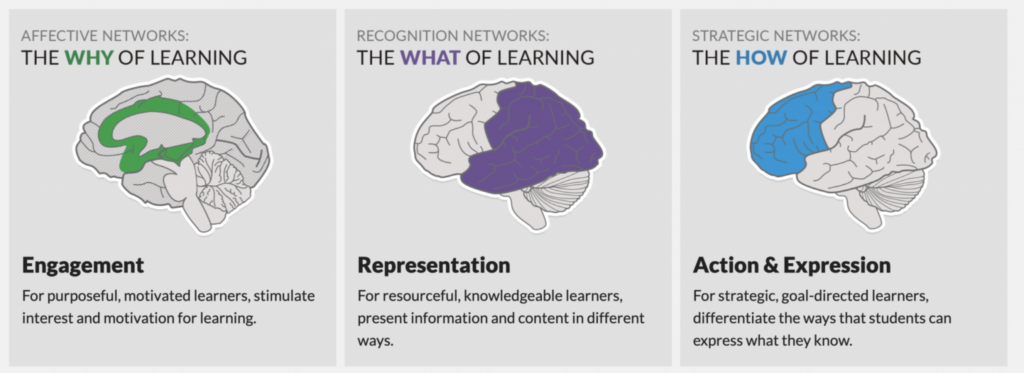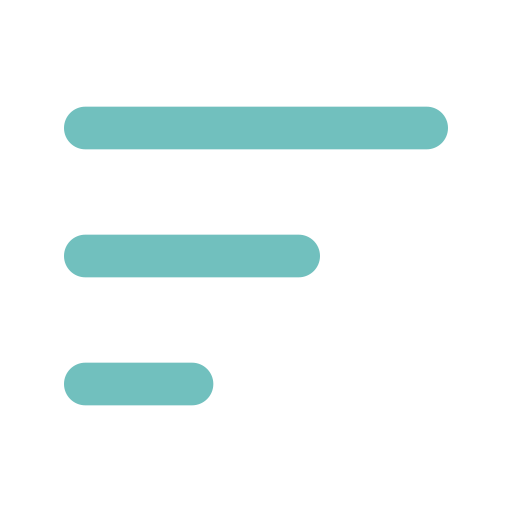Aug 15, 2022
Neurodiversity acknowledges that all learners interact with and perceive the world differently. This means that there is no right way to learn, which provides validation and support for establishing equitable learning environments.
As I reflect on my time in higher education, I must recognize that the standard ways of presenting information are outdated and exclusive. There are different parts of the brain that affect an individual’s interpretation of information. CAST (formerly the Center for Applied Special Technology), creator of the Universal Design for Learning (UDL) framework, highlights the affective, recognition, and strategic networks in the brain. These networks impact the why, what, and how of learning.

UDL guidelines were designed as tools to refine our approaches as educators and life-long learners by leveraging research on neurodiverse perspectives. Dialogue Education practitioners will find complementary principles within the UDL framework and many resources to strengthen their work with adult learners.
UDL guidelines suggest that you consider the following for an inclusive learning environment:
- How will the learners engage with the lesson? Leverage the many options for learning.
- How will the information be presented to the learners? Incorporate various modes of communication.
- What are the expectations of the learners to act strategically and express themselves? Encourage diversity in learner responses and employ creative alternatives to show evidence of learning.
A learning-centered approach offers many practical techniques for UDL practitioners to strengthen the diversity of their lesson planning and facilitation activities such as powerful open questions, learning needs and resource assessment, and the 4A learning sequence.
Expect to build purposeful connections with all learners by taking the opportunity to get to know the why, what, and how behind every learner. As learner populations grow and evolve, we are called to evaluate the efficacy, acceptability, and fidelity of those solutions.
The most beautiful aspect of being an educator is that we are called to instruct, lead, guide, and learn from learners of all backgrounds. Making the shift from more antiquated practices can be daunting and seem like a stark shift in education culture. However, the benefits of ensuring that all learners can meaningfully connect with the material they are learning is immeasurable.
Below are valuable resources that inform UDL approaches to adult learning. May they inspire you in your work.
- The UDL Guidelines – CAST
- UDL: A Blueprint for Learning Success – Spencer J. Salend, Catharine R. Whittaker
- A-Systematic-Review-of-Empirically-Based Universal Design for Learning: Implementation and Effectiveness of Universal Design in Education for Students with and without Disabilities at the Postsecondary Level – Soonhwa Seok et al
- Measuring UDL in classrooms and Schools: Initial Field Test Results – James D. Basham et al
- Assessing Students in Higher Education in Light of UDL Principles – Anwar Alsalamah
- Online Equity Rubric – Peralta Community College District
- Inclusion by Design Survey Your Syllabus and Course Design – a Worksheet – Ed Brantmeier et al.
What has pushed your thinking lately in regard to UDL and designing or facilitating learning events?
Rebecca Miller, MPH, is the Project Director for The Cleveland African American Prostate Cancer Project (CAAPP) of The Case Comprehensive Cancer Center, Case Western Reserve University.
Here are other GLP resources you may be interested in:



